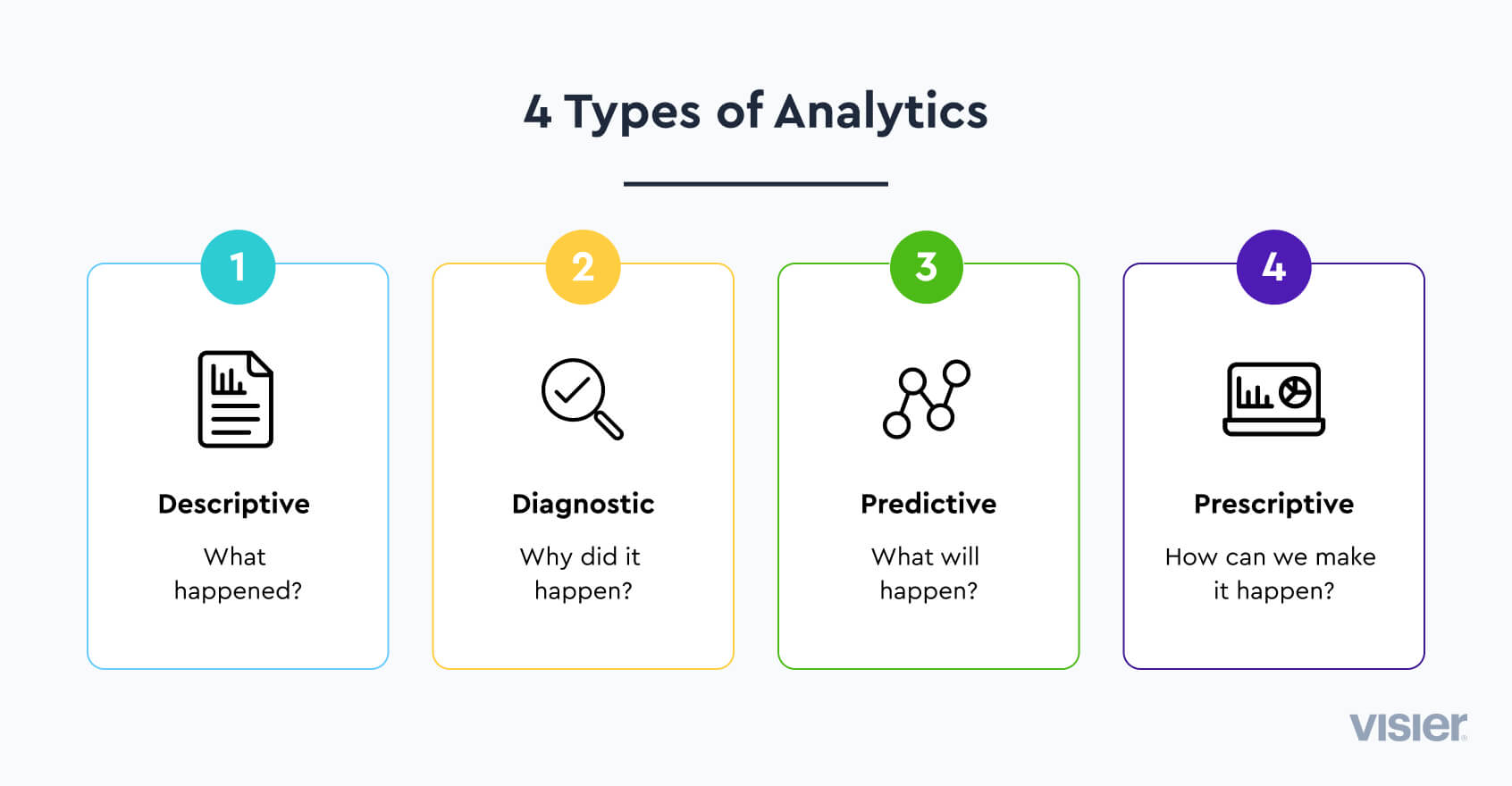Unlock Service Insights With Advanced Analytics Equipment
In today's data-driven landscape, the ability to unlock service understandings through advanced analytics tools is ending up being significantly important for companies seeking an affordable side. What are the essential factors to consider that companies must resolve to efficiently harness these sophisticated analytics capacities?
Relevance of Advanced Analytics

Furthermore, the competitive landscape needs that companies not only react to market adjustments yet likewise expect them. Advanced analytics encourages businesses to comprehend consumer choices, enhance functional performance, and mitigate threats successfully. By leveraging these tools, companies can improve their decision-making processes and drive innovation.
On top of that, the integration of advanced analytics fosters a society of constant improvement, where companies can fine-tune their techniques based on empirical evidence. As industries such as finance, medical care, and retail significantly depend on data to educate their operations, the importance of advanced analytics will just remain to grow, making it a crucial component for sustained success in today's data-driven economy.
Secret Features of Analytics Devices
Advanced analytics devices are identified by a variety of important functions that improve their effectiveness in information evaluation and decision-making (Analytics). One of the crucial attributes is data combination ability, which enables smooth gathering of information from various resources, assisting in extensive analysis. This ensures that services have an all natural view of their data landscape
In addition, progressed analytics tools often include robust statistical and anticipating modeling capabilities. These functions enable organizations to forecast patterns and determine patterns, leading to more informed tactical decisions. Visualization tools are likewise essential, providing user-friendly visual depictions of data, which streamline intricate information and make understandings more accessible to stakeholders.
An additional vital element is the unification of machine learning formulas, which boost the capacity to assess huge datasets and discover surprise insights without explicit programs. Additionally, straightforward user interfaces permit non-technical individuals to leverage these tools efficiently, equalizing information access across the organization.
Types of Advanced Analytics
While various advanced analytics methodologies exist, they can generally be categorized into a number of crucial kinds that serve distinctive objectives within organizations.
Detailed analytics concentrates on summarizing historic data to recognize patterns and patterns. It gives insights right into what has actually taken place in the past, making it possible for organizations to make educated choices based upon empirical proof.
Anticipating analytics, on the various other hand, utilizes analytical formulas and maker understanding techniques to anticipate future outcomes based upon historic data. This kind is especially helpful for threat assessment and need projecting, enabling services to prepare for potential obstacles and opportunities.
Prescriptive analytics goes a step further by recommending activities based upon predictive insights. Analytics. It uses optimization and simulation techniques to recommend the very best strategy, making sure that organizations can make data-driven choices with confidence
Application Strategies
Effective execution techniques for sophisticated analytics are essential for organizations looking for to harness the complete capacity of their data. To start with, a clear roadmap needs to be developed that straightens analytics efforts with total organization goals. This calls for a deep understanding of business goals and the specific concerns analytics can address.
Following, purchasing the appropriate innovation and devices is vital. Organizations needs to evaluate available platforms for scalability, convenience of usage, and assimilation abilities with existing click for info systems. This makes sure that information can be collected, refined, and analyzed successfully.
Additionally, promoting a data-driven culture is important. Training workers on analytics devices and methods empowers them to use insights successfully in decision-making. Involving stakeholders throughout departments can assist in buy-in and motivate partnership, boosting the total success of analytics projects.
Furthermore, organizations need to focus on information quality and governance. Carrying out durable data administration practices guarantees that the understandings created are trusted and exact. Lastly, constant examination and iteration of analytics procedures permit organizations to adjust to altering business needs and technological improvements, eventually click here to find out more driving sustained worth from their analytics efforts.
Future Patterns in Analytics
As companies execute robust analytics approaches, it is crucial to stay aware of the advancing landscape of analytics innovations and methodologies. Future patterns in analytics are positioned to transform how organizations derive understandings, enhance operations, and drive decision-making.

An additional pattern is the increase of enhanced analytics, which automates data preparation and insight generation, minimizing the reliance on data specialists. This democratization of analytics encourages staff members at all degrees to utilize information in their duties.
Additionally, the shift in the direction of real-time analytics will certainly make it possible for companies to respond quickly to market modifications and client choices, enhancing agility and competitiveness. As information privacy guidelines end up being more strict, analytics remedies will also require to prioritize ethical data use, making certain conformity while keeping durable understanding generation. Accepting these trends will be important for companies seeking to preserve a competitive side in an increasingly data-driven world.
Conclusion
In verdict, advanced analytics devices play an essential function in transforming continue reading this data into actionable understandings, driving strategic development and operational effectiveness throughout organizations. Effective implementation methods make certain that these tools are integrated into business procedures, while arising trends show an ongoing advancement in analytics abilities.
Advanced analytics incorporates a collection of techniques, consisting of anticipating modeling, machine discovering, and information mining, which make it possible for services to reveal patterns, projection fads, and optimize operations.
Successful application methods for sophisticated analytics are essential for organizations looking for to harness the full capacity of their data. Continual assessment and version of analytics processes enable organizations to adapt to transforming service requirements and technical improvements, inevitably driving continual value from their analytics efforts.
As information privacy guidelines end up being a lot more rigid, analytics remedies will additionally need to prioritize moral information use, ensuring compliance while maintaining robust insight generation.In verdict, advanced analytics tools play a critical role in changing information right into workable understandings, driving tactical growth and operational efficiency across organizations.